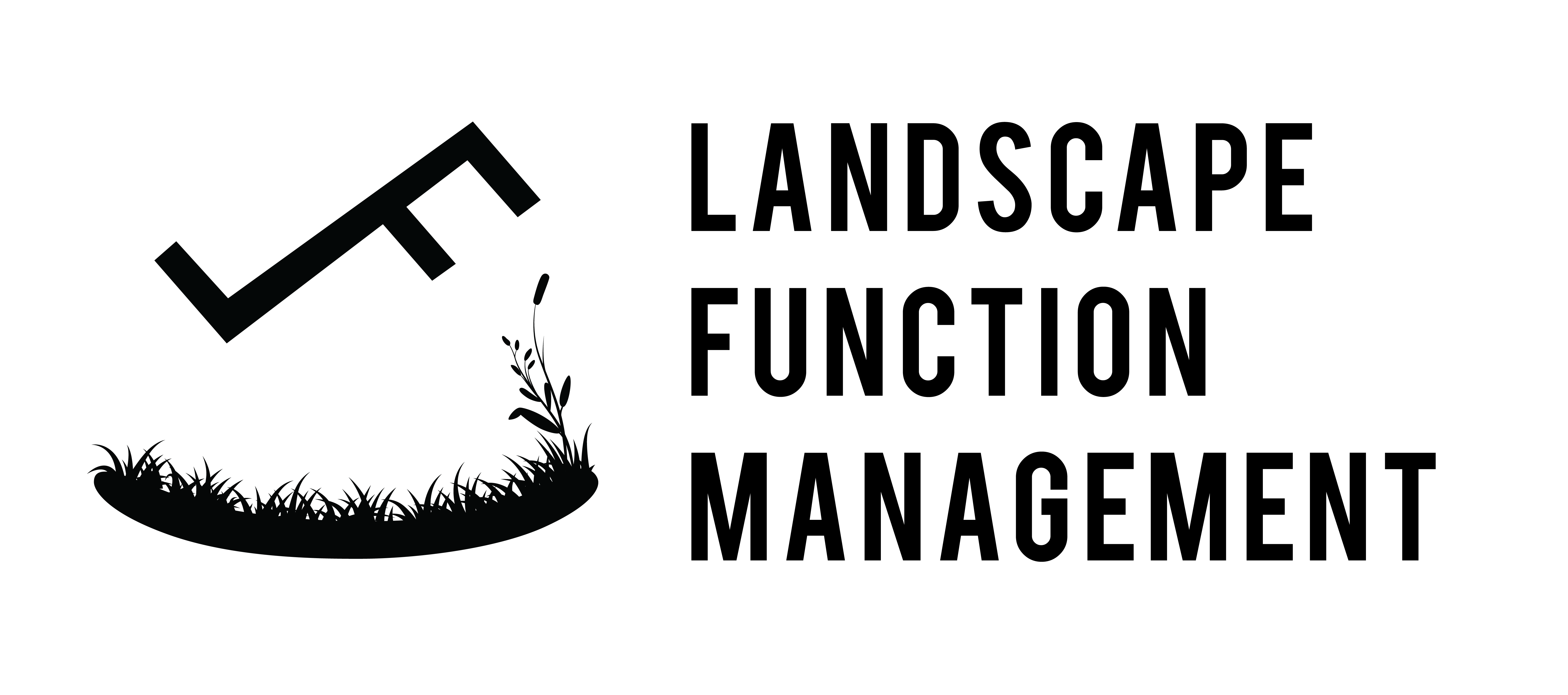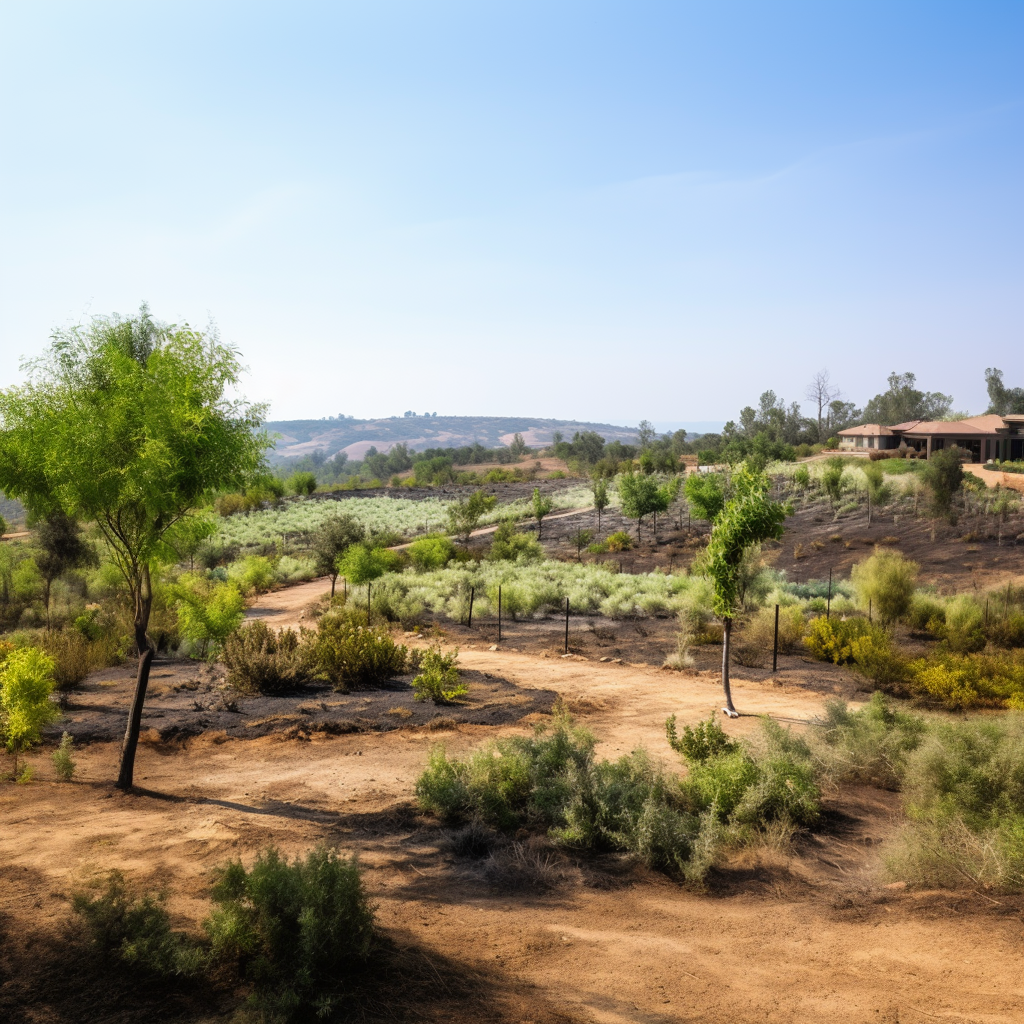In order to protect properties from the devastating effects of wildfires, especially in fire-prone regions like Southern California, it is essential to understand the concept of defensible space landscaping. This comprehensive guide, brought to you by the LFM team, delves into the definition, importance, and practical implementation of defensible space.
What is Defensible Space?
Defensible space refers to the area surrounding a structure that has been strategically managed to decrease the likelihood of a wildfire reaching and impacting the building. This space acts as a barrier, providing a safe zone that firefighters can use to defend the property.
To better understand the concept, it's important to be familiar with the different defensible space zones defined by the National Fire Protection Association (NFPA). These include the immediate zone (0-5 feet), the intermediate zone (5-30 feet), and the extended zone (30-100 feet). For more detailed information on these zones, refer to our article on defensible space zones.
The Importance of Defensible Space Landscaping
Defensible space landscaping is a crucial aspect of wildfire risk mitigation. By implementing proper landscaping techniques, property owners can significantly reduce the chances of their structures being consumed by flames. Creating defensible space not only helps safeguard lives and property but also supports firefighters by providing a safer environment to combat the fire.
How Defensible Space Landscaping Works
Defensible space landscaping works by employing a combination of strategies to minimize potential fuel sources. These strategies include vegetation management, creating firebreaks, and ensuring proper irrigation and water systems.
Vegetation Management
This involves removing or modifying vegetation to reduce fuel loads.
Firebreaks and Fuel Reduction
These are crucial components that include physical barriers and reducing available fuel.
Irrigation and Water Systems
Adequate water sources and irrigation systems can help keep the landscape hydrated, reducing the risk of fire ignition.
Creating a Defensible Space
Creating a defensible space involves a systematic approach that includes assessing your property, designing your defensible space, and implementing defensible space landscaping techniques. Here's a step-by-step guide:
- Assessing Your Property: Conduct a thorough evaluation of your surroundings.
- Designing Your Defensible Space: Strategically modify the landscape to reduce fire fuel.
- Implementing Techniques: This may involve activities such as clearing vegetation, creating firebreaks, and planting fire-resistant vegetation.
For more information on defensible space zones and design principles, visit CAL FIRE's Defensible Space Guidelines.
Key Elements of Defensible Space Landscaping
To effectively create a defensible space, consider these three key elements:
- Vegetation Management: Proper management is essential for reducing wildfire spread.
- Firebreaks and Fuel Reduction: These play a crucial role in preventing the spread of wildfires.
- Irrigation and Water Systems: Incorporating these can provide an additional layer of protection.
Benefits of Defensible Space Landscaping
Implementing defensible space landscaping offers several valuable benefits, including reduced fire risk, increased property value, and environmental benefits. For more insights on creating a defensible space, visit the University of California's Fire in California Portal.
Hiring Professionals for Defensible Space Landscaping
When creating and maintaining a defensible space, consider hiring professionals who specialize in this field. They have the knowledge and experience to assess your property, design an effective plan, and implement necessary strategies.
Conclusion
Understanding the concept of defensible space and the importance of defensible space landscaping is crucial for property owners looking to minimize wildfire damage. By implementing appropriate strategies and following recommended guidelines, such as the Los Angeles County Fire Department's Brush Clearance Requirements, individuals can enhance the safety and resilience of their properties in fire-prone areas.

